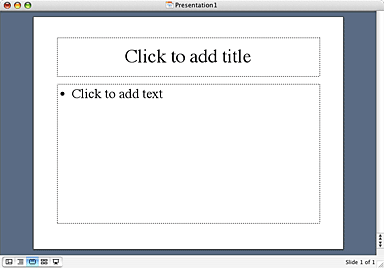Template literacy
In the richer parts of the world, computers are integral in all kinds of communication. Schools in many countries are changing their teaching so they can better prepare their students to communicate with computers.
more...
There are skills people need in order to take part in societies where communication is increasingly computer dominated, skills that are summed up under the heading digital literacy. For example, in Norway, the European Union, the United States, and New Zealand, government reports point out the necessity that students learn how to both read and write in many different electronic media, and policies are put in place to achieve these objectives. Gunther Kress
, among others, has shown at length how literacy is changing from being centered around book media to becoming screen-media oriented. Gregory Ulmer
has argued that as media change, we need a new literacy, what he calls electracy. This electracy is seen in those who create in electronic media, Ulmer argues.
This webtext concerns a certain aspect of productive literacy, the ability to express oneself in digital media. To create digital multimedia (what Kress and van Leeuwen
term multimodal) works, one needs an understanding of the affordances of different media, modes, and genres - what we might call the semiotic aspects. But to express themselves, students must also learn to use the technological aspects: the digital equipment and tools: cameras, recorders, telephones, and computers with corresponding software.
(collapse)
As schools begin to teach the skills of digital literacy, computers with easy-to-use authoring software become a new electronic "writing pad" for projected presentations, homepages, weblogs, or digital audio and video. These writing pads don't have blank sheets, however. The user begins his or her creation with a template.
A template is a piece that is already partly made: it has a selected visual (or aural) style, a hierarchy, and has blank fields for the necessary parts of the piece that the user must remember to create.
more...
Any writing technology will have an impact on the texts authors create with it. Stone tablets require a slower writing process and shorter texts than ink on paper, and telegraphy requires special training. Authors and writers will often notice how their writing varies with different tools, and those who remember writing books with fountain pens or typerwriters will tell us that it was a different experience than using a modern word processor.
But, as I will examine later, it is difficult to find a previous technology where the author fills in open slots in a pre-written text. Templates imply a somewhat new form of writing, with somewhat different influences on the writing process.
(collapse)
more...
A very simple example of the influences of a template could be a new document in Microsoft PowerPoint.

It offers an "empty slide," but even without a stylish theme with colours and borders, there is something there.
This slide assumes that you want to make a list of "bullet points," and that this list has a title. The list cannot be very long, as the print is large and the title takes up a fourth of the slide. The lack of other colours than black and white and the "neutral" Times New Roman typeface are also choices that are made, as are the margins and the division of the print area into roughly a fourth and three-fourths.
PowerPoint's templates and the program's interface are such that it quite straightforward to make slides in a certain writing and visual style, while it is more difficult (and sometimes very difficult) to make slides in other styles.
No one knows how many presentations that are given every day use the prescribed title-and-bullet-points style of PowerPoint, but it must be many. Prevailing in business meetings as well as in scientific and scholarly conferences, PowerPoint has become close to an invisible medium to most people.
Even so, PowerPoint's prescripts do influence what is said. Studies published by Gordon Shaw, Robert Brown and Philip Bromiley
and by Edward R. Tufte
have argued that lists of short sentences or keywords separated by bullet points are ineffective for communicating difficult matters. Relations such as correlations, causes and effects, as well as complex issues do not lend themselves to a bullet point list.
How to design template systems that users find easy to use are studied by computer scientists in fields such as human-computer interaction, usability, and end-user development. In this webtext, I will instead focus on how such systems influence on the resulting texts. Our perspective will not be the system, the user, or the interaction, but the text (and imagery) that is created.
(collapse)
It seems that a broader understanding of how templates influence finished works is an important part of digital literacy.
